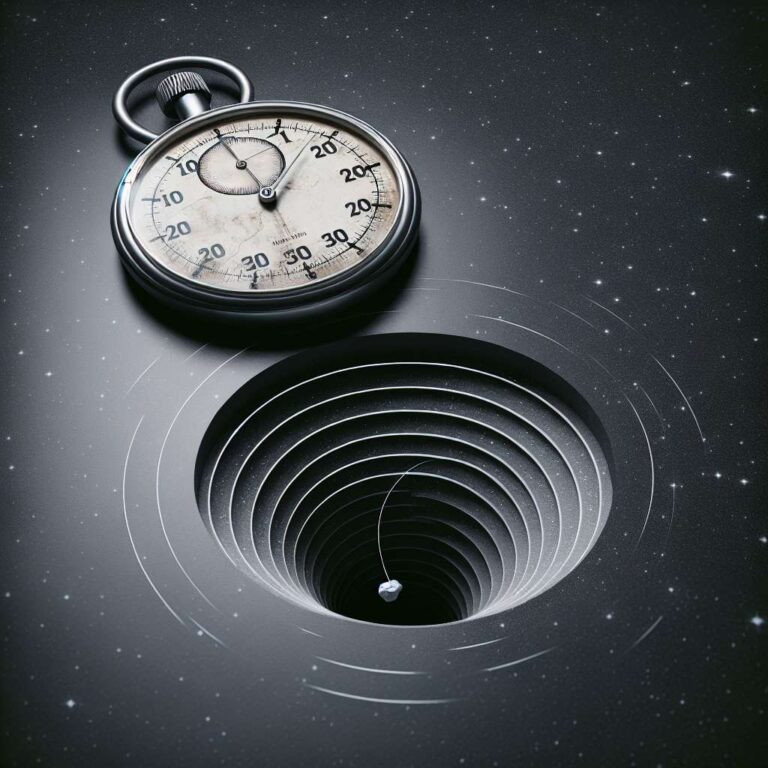Astronomers at the Massachusetts Institute of Technology and collaborating institutions have observed unprecedented behavior from the supermassive black hole 1ES 1927+654, located 270 million light-years away. In 2018, the team witnessed the abrupt disappearance and reappearance of the black hole´s corona, a white-hot plasma cloud, an event that defied prior understanding of such phenomena.
Building on that discovery, researchers recently documented another anomaly: the black hole began emitting x-ray flashes with steadily increasing frequency. Using data from the European Space Agency´s XMM-Newton observatory, which specializes in capturing x-ray signals from cosmic sources, scientists saw these flashes accelerate from every 18 minutes to just every seven minutes within a two-year span. Their analysis points away from a simple oscillating corona and instead suggests a more dramatic interaction.
The team posits that a spinning white dwarf—a dense remnant of a dead star—may be orbiting the black hole, spiraling ever closer to its inescapable event horizon. As the white dwarf nears the black hole, its orbital speed would increase, thus explaining the quickening x-ray bursts. If confirmed, this would represent the tightest known orbit for any object around a black hole. The presence of such a white dwarf could also generate detectable gravitational waves, a target for future detection by observatories like the European Space Agency´s Laser Interferometer Space Antenna (LISA), scheduled for launch in the mid-2030s. These evolving findings leave researchers eager to continue monitoring 1ES 1927+654, expecting further surprises.

